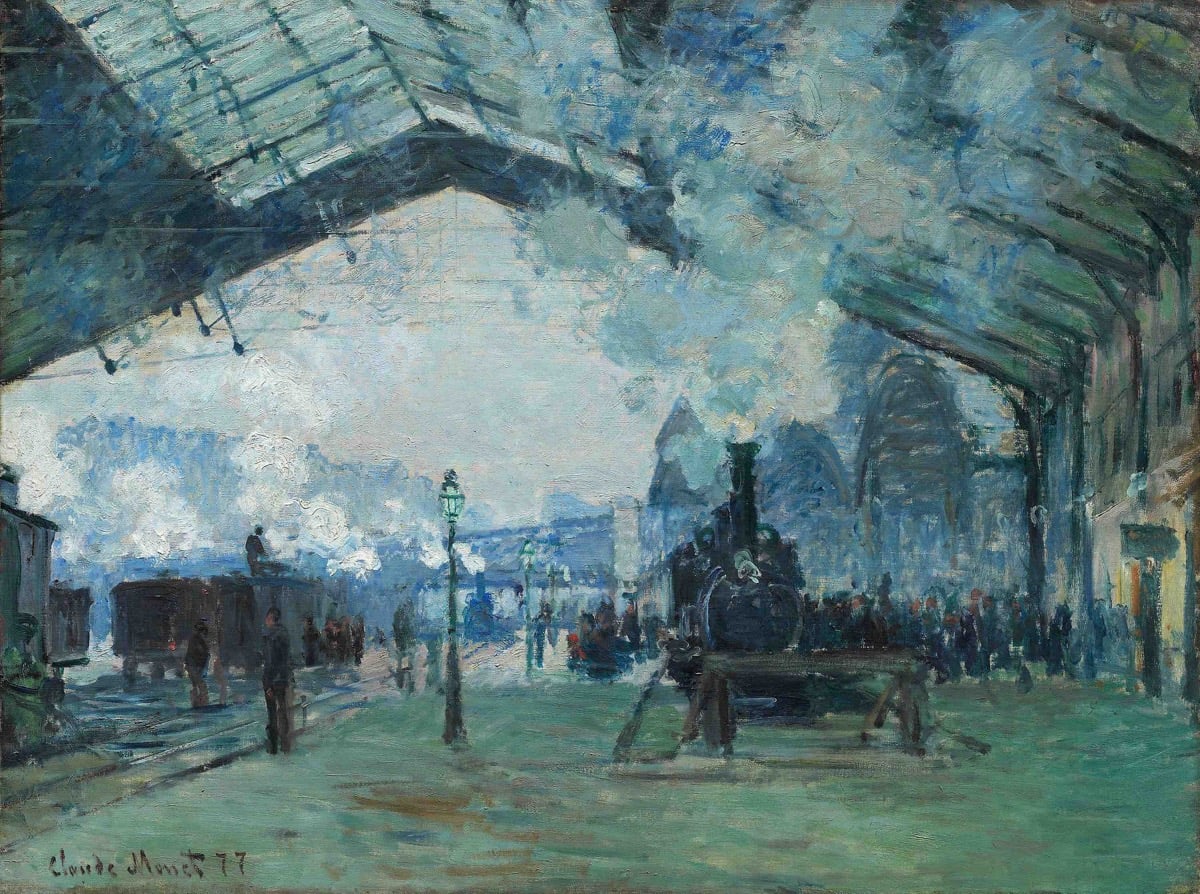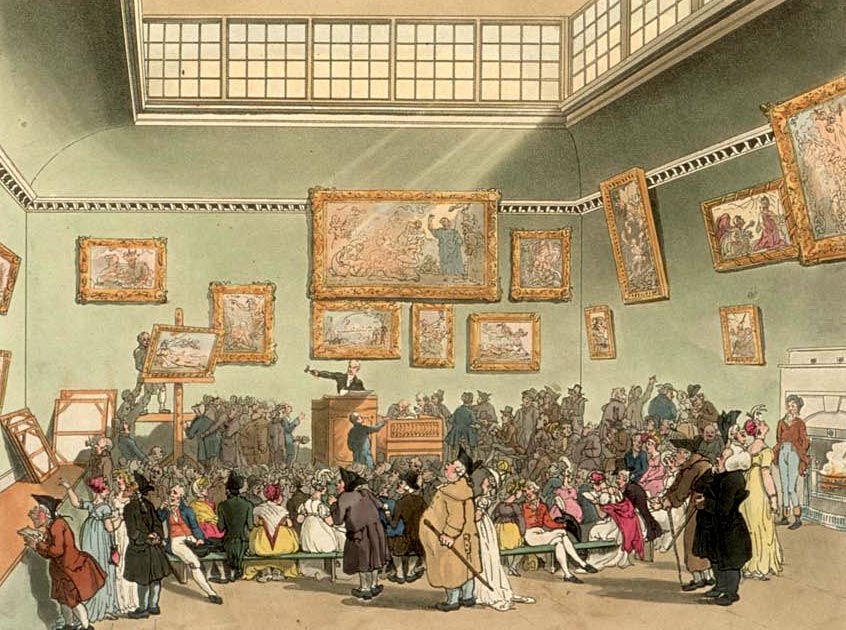The Likely Effect of Tokenisation on Art Markets



Claude Monet "Arrival of the Normandy Train, Gare Saint-Lazare" (1840-1926) via the Art Institute of Chicago.
Maecenas was founded on the simple premise that fine art as an asset class should be accessible to ordinary people. The fact that it is not is a quirk of history. Nobody is shocked by retail investors buying gold ETFs or shares in a REIT.
There is no expectation that these people purchase and store whole bars of bullion, or amass vast sums of capital to buy an entire commercial building. And yet to invest in fine art - most of which sits in storage as it gains value - a buyer is expected to purchase the entire work.
Maecenas is at its core a fintech company. This may seem hard to square; after all, we are passionate about art and about bringing great works to a broad audience. But art is first and foremost an alternative asset class, like precious metals or infrastructure. But these asset classes are basically liquid. For various historical - and technological - reasons, art has remained illiquid and opaque until now.
This anomalous fact cuts ordinary investors out of a lucrative way to diversify and grow their investment portfolios. The Wall Street Journal found that luxury items, including fine art, were the best performing investments globally in 2018. Now, tokenisation offers the possibility of fractionalised ownership in fine art - a concept proven by Maecenas's successful tokenisation and auctioning of a Warhol last year. So we wanted to take a moment to consider what effect tokenised, liquid art would have on investors and markets.
Let's first examine the implications of fine art becoming truly liquid for the first time. The effects of this would likely extend beyond the obvious fact of many more investors having access to the asset class. Tokenising artworks would almost certainly cause market velocity to accelerate significantly, since fractions of these assets would likely trade frequently. By contrast, an entire piece, with a total value of US$1m or more, is likely to change hands only very rarely. So tokenising art seems likely to have the knock-on effect of increasing trading volumes through both ease of trading and an increase in the number of participants in the market.
What will this mean? From the standpoint of an individual newly granted entree into fine art, it means the opportunity to participate in the significant benefits art investment offers. The attractiveness of the space suggests that significant numbers of new participants will therefore enter the market. The effects of this increase are likely to include greater rationality and visibility into art trading, as higher liquidity will offer a much greater set of data points for market analysts. Much of the guesswork will be taken out of pricing artworks, and the asset class will behave - in its ability to be analysed and traded - more like other investments. Of course, we must not forget that the fundamental strengths of art as an investment will remain. They will simply have become more mature.






